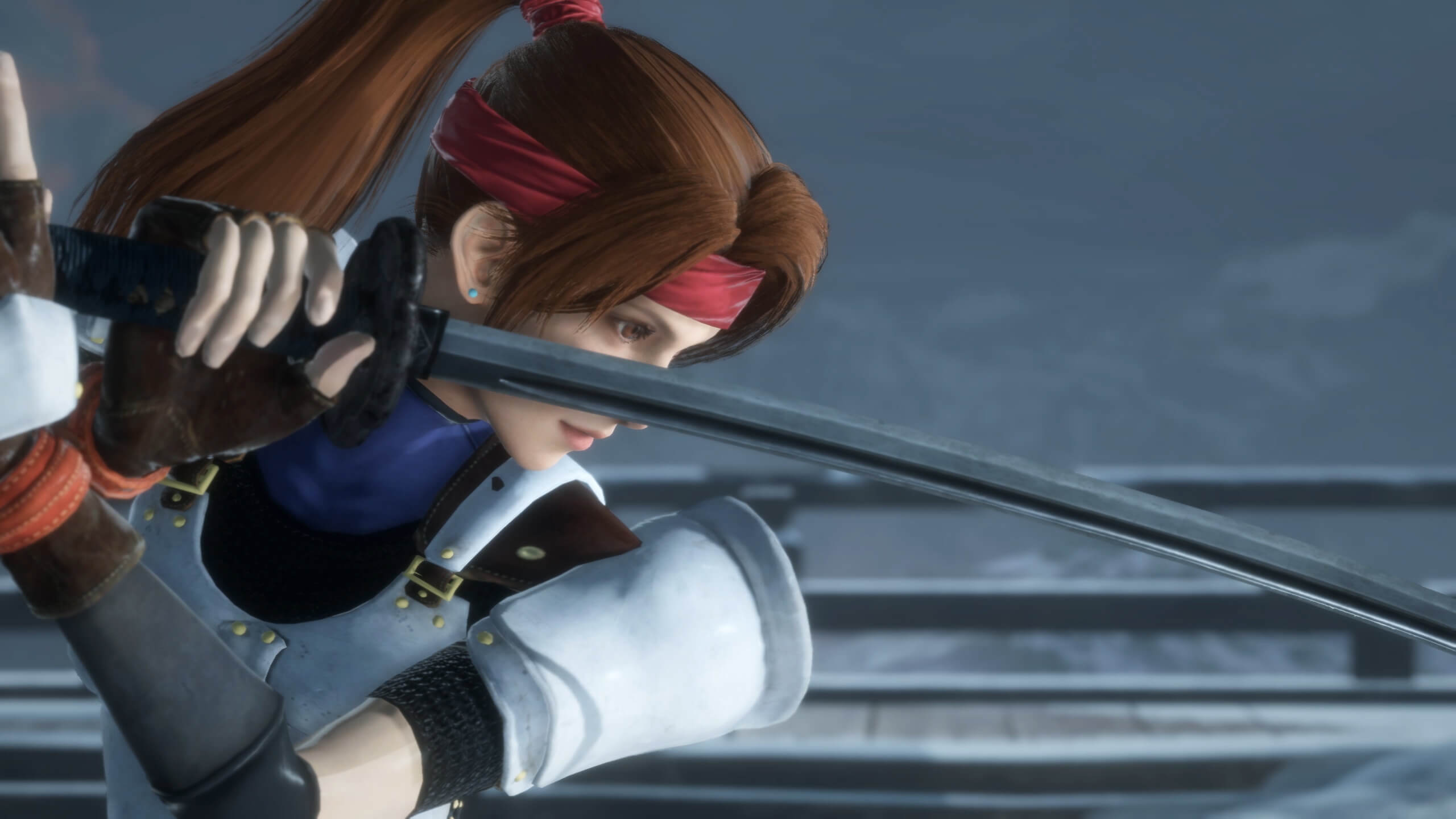
The questioner obviously isn't going to jump into 3D to make this because it looks easy to be done in 2D if someone tells a few tricks. Photoshop doesn't have 3D modelling tools for space curves. Photoshop's 3D would render the whole thing properly with right shadows if one imports the 3D model. Even this introductory version of KeyShot with its limited resolution and iteration count renders the shadow better than I would ever paint it manually from scratch with free hand. Another option is to work with 3D program. I guess you must visit in Photoshop and use the lens blur simulation filter to get easily the shadow density variation without painting it manually. See how the shadow gets wider and thinner as the path elevates. Rendering with light tells how the shadows could be: The shadow: Be skimpy! Do not waste the power to the whole path, present only the elevation differences if there's no reason to levitate the whole path. Every part of your composition should get the same treatment. If you make distant parts substantially smaller be consistent. In the top view the apparent width is constant, in the tilted view the apparent width varies.Īnother reason for apparent width variations is the perspective. The left version is the top view and the other is a tilted view. 3D CAD program is a good consult for this: The apparent width of the path should be in accordance with the viewing direction if the path is uniformly wide. Further, with shadows that diffuse, I'm not sure that the gaps between the arrow sections read well. Your shadows are far less dense, more transparent, and have diffuse, feathered edges, leading one to think the light source is closer or less potent, or that the groundplane is soft or rough textured. The original illustration had shadows which were both higher density (darker and less transparent) and more hard-edged (less diffuse - less feather) and so read as though both the light source were far away (like the sun) and the arrows relatively close to the groundplane as compared with the distance from the lightsource, which lends believability.Where the two shadows overlap under the intersections of your paths, these should not multiply one another and end up darker - this isn't how actual shadows work therefore cut the shadow of the upper path and/or pathfinder intersect it with the other shadow if that will work.

Your shadow paths should show differences in depth for the two different path heights, and also where the shadow of the upper path falls over the lower path (right hand ascending loop) there should be a jump in that shadow, so you can "read" the difference in height of the path relative to the white groundplane.


 0 kommentar(er)
0 kommentar(er)
